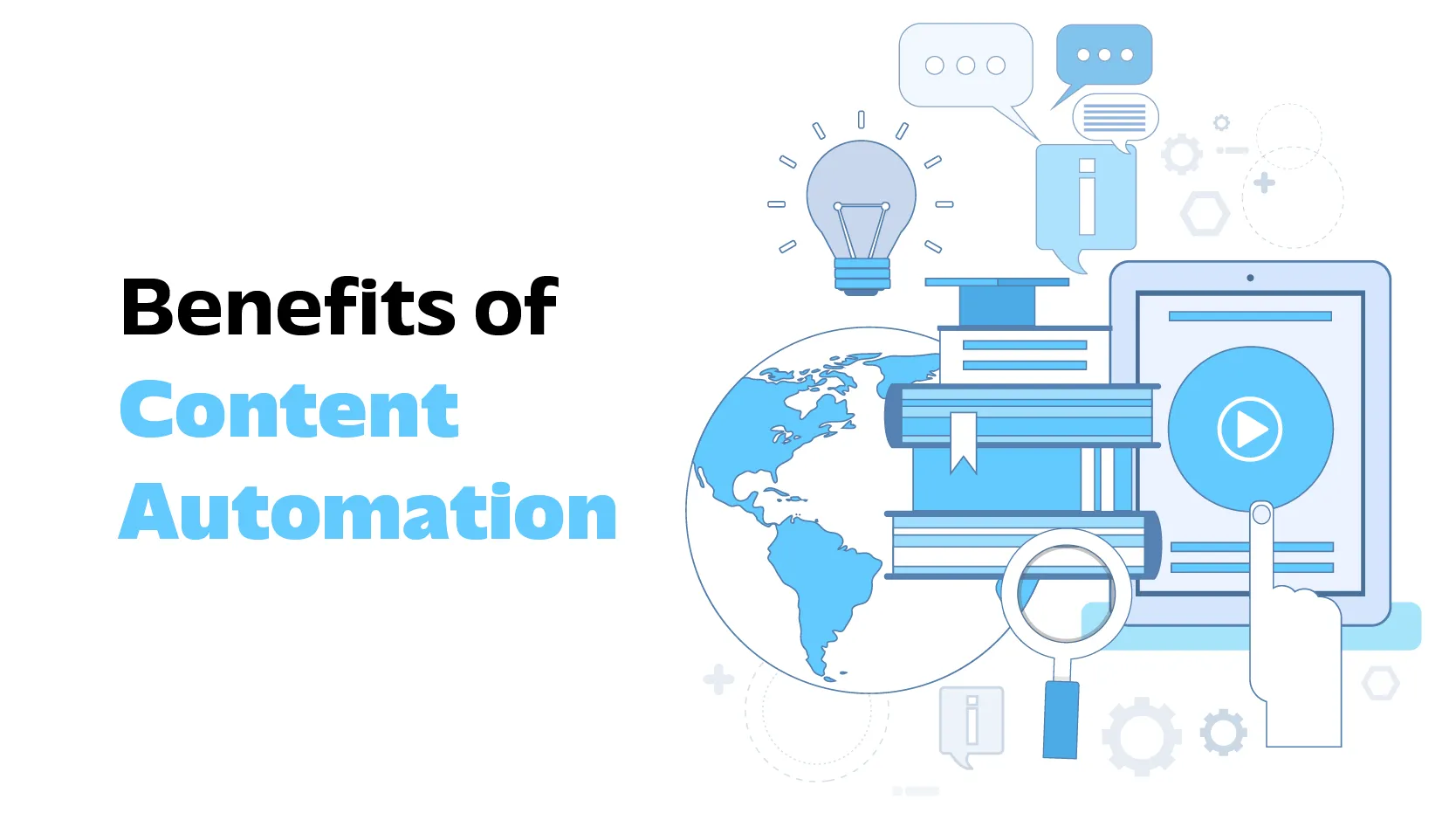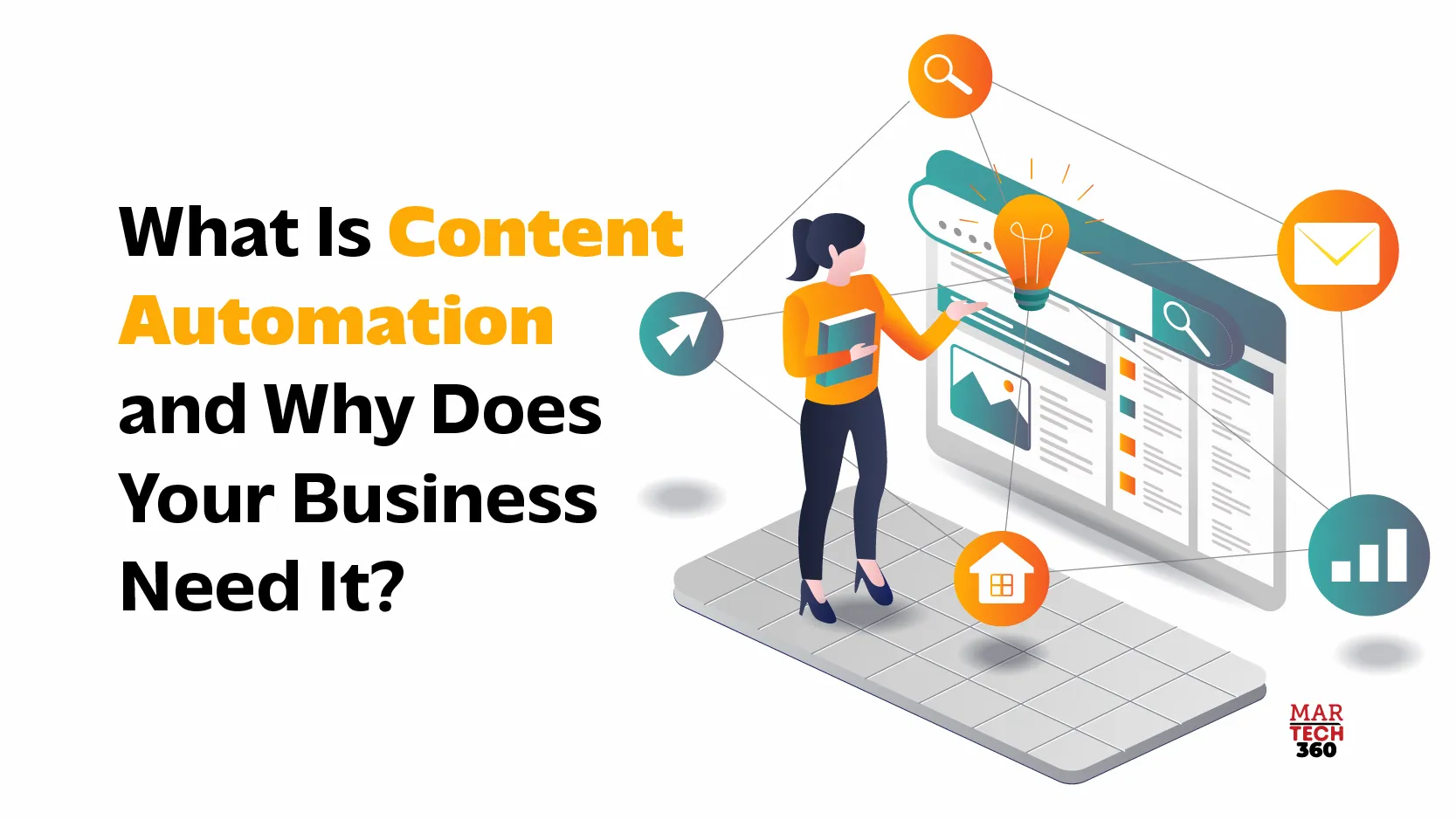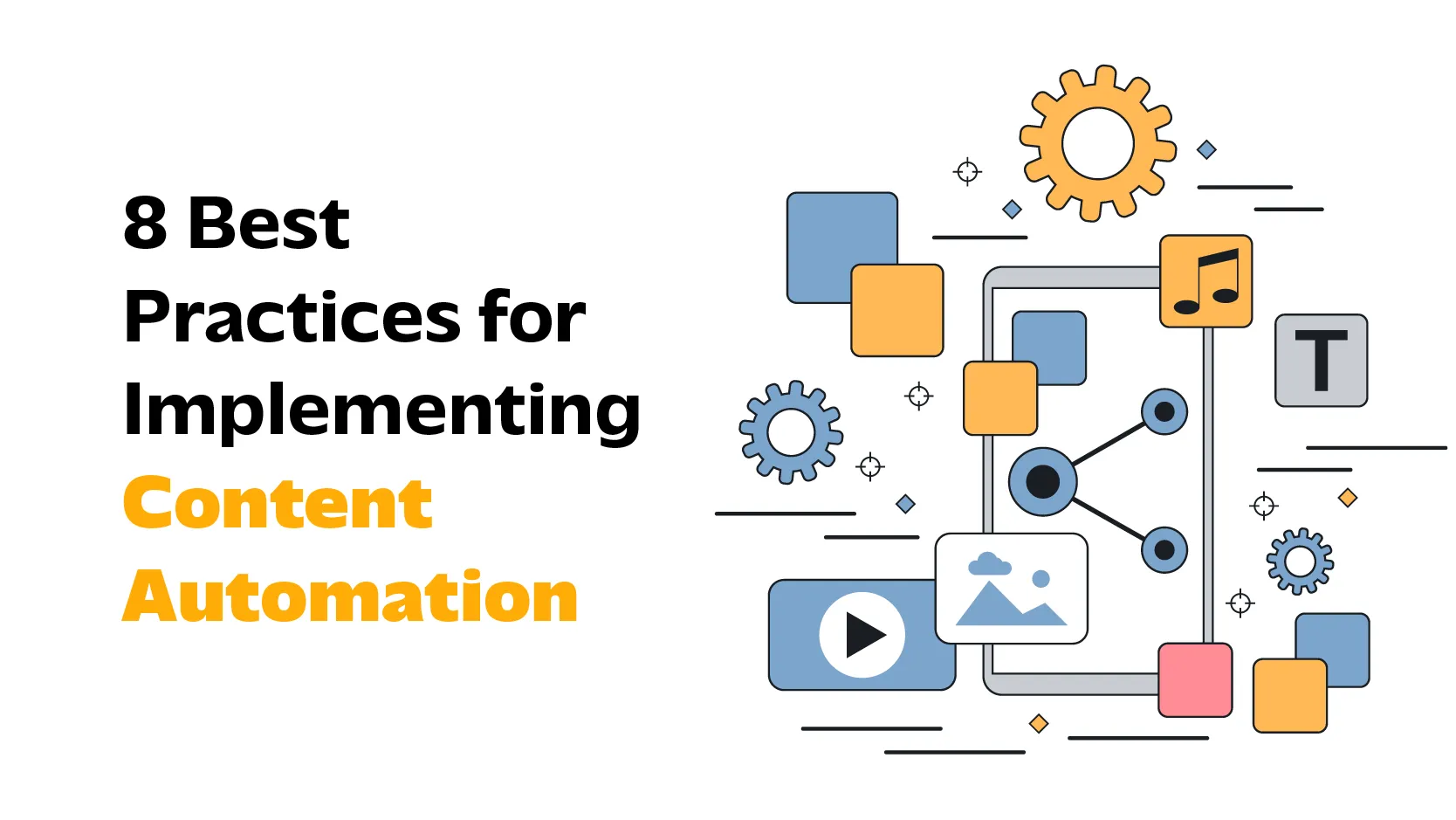Content automation is revolutionizing the way businesses create, manage, and distribute content. By leveraging technology and AI-powered tools, content automation streamlines processes saves time, and improves efficiency. From generating articles and blog posts to scheduling social media updates and optimizing content for search engines, automation allows businesses to efficiently handle large volumes of content while ensuring consistency and quality. With personalized content delivery, scalability, and data-driven insights, automated content provides a competitive advantage in today’s fast-paced digital landscape. Let’s learn more.
What Is Content Automation?
The process of creating content that is managed, streamlined, and optimized using technology is called content automation. This involves automating processes including distribution, scheduling, content creation, and performance evaluation.
This makes it possible for companies to effectively handle massive amounts of content, maintain consistency, and free up time for more strategic endeavors.
Automation is possible for a wide range of content types, including blogs, videos, photos, social network posts, and articles.
Benefits of Content Automation

- Increased Efficiency: Automation makes content creation processes much more efficient, saving both time and effort. Tasks that are often repetitive, such as scheduling posts, distributing content, and email outreach, can be automated. This allows teams to focus on more strategic and creative aspects of content marketing.
- Consistency and Quality: Automation helps ensure that content production is consistent and maintains high-quality standards. By standardizing processes, businesses can regularly deliver fresh and engaging content, keeping their audience interested and engaged.
- Improved Workflow: Automation tools significantly enhance the management of content workflows. They facilitate collaboration, task assignment, and tracking, ensuring smooth coordination among team members and the timely delivery of content.
- Personalization and Targeting: Automation allows businesses to deliver personalized content based on user behavior and preferences. By using data and analytics, businesses can tailor content to specific audience segments, increasing engagement and conversion rates.
- Enhanced Customer Nurturing: Automation enables effective nurturing campaigns and automated email sequences based on customer behavior. By tracking the customer’s purchase cycle, businesses can automate cross-selling or upselling emails, thereby maximizing revenue opportunities.
Also Read: What Is Content Analytics and What Are Its Benefits?
How to Automate Content with AI?
To automate content creation with AI, you can leverage various tools and platforms. Here are some examples:
CopyAI
CopyAI is an innovative AI platform that automates content marketing processes. It utilizes advanced language models to generate engaging and on-brand content for various formats, including blog posts, ads, and product descriptions. This boosts efficiency by automating tedious tasks across content creation, demand generation, sales operations, and more.
Frase
Frase is AI software designed for SEO content creation and workflow optimization. It helps develop blog post ideas that rank well and address relevant user questions. It guides users through the research and planning stages, turning ideas into keywords and providing insights on top searches and questions related to a given topic.
Buffer
Buffer offers an AI assistant that can generate new social media posts, repurpose old ones, and provide ideas for creating click-worthy content. It analyzes user behavior to tailor content to individual preferences and provides content analytics tools to track the performance of social posts, identifying the best times to post.
Phrasee
Phrasee is a copywriting tool that uses advanced machine learning algorithms to create high-performing, on-brand copy across digital channels. It automates large-scale experimentation by testing various copy versions to determine the most effective ones and optimizing email marketing and social media content.
ClickUp
ClickUp features an AI-powered text-based prompt that helps generate ideas and content when you’re feeling stuck. It provides prompt templates to give you a head start and overcome writer’s block, making it useful for various content creation purposes.
8 Best Practices for Implementing Content Automation
1. Have a Clear Goal
Before diving into content automation, clearly define your goals and objectives. Determine what you aim to achieve, such as increasing consistency, improving efficiency, or enhancing personalization. This clarity will guide your automation efforts and ensure alignment with your overall business strategy.
2. Determine What to Automate
Examine the steps in your content development process to see which ones can be automated. Concentrate on areas where automation can make a big difference, such as repeated chores. Content creation, optimization, curation, distribution, and management are important factors to take into account.
3. Opt for the Right Tools
Examine and compare the different automation systems and solutions for content that are on the market. Take into account aspects like convenience of use, scalability, compatibility with your current systems, and integration potential with other platforms or tools. Make your tool selection based on your objectives and needs.
4. Develop a Solid Content Strategy
Create a comprehensive content strategy that outlines the type of content you want to produce, your target audience, distribution channels, and desired outcomes. This strategy will serve as a roadmap for your content automation efforts and ensure they align with your overall objectives.
5. Prioritize Personalization
Make sure the personalization and relevancy of your content for your target audience come first in your content automation initiatives. Deliver individualized content that engages people and satisfies their demands by using AI-driven tools to assess user behavior and preferences.
6. Prioritize Quality Control
Establish quality control procedures in place to guarantee that automated material satisfies the accuracy, consistency, and quality standards set by your company. Create a human-oversighted review process to confirm and improve the information generated by automated systems.
7. Monitor Performance and Optimize
Use data-driven insights to track the effectiveness of your automated content regularly. Examine key performance indicators (KPIs) to determine success and identify areas for improvement. To get the results you want, modify your content strategy, tools, or procedures as necessary.
8. Continuously Improve
Continued improvement is necessary for content automation as it is a continual process. Review your automated efforts regularly, get team input, and make any necessary corrections. By using an iterative process, you can improve system performance and accomplish your objectives.
Posting the Content
As we look ahead, the future of content automation holds immense promise for businesses striving to stay agile and competitive in the digital landscape. With continued advancements in AI and machine learning, automated content will evolve to offer even smarter, more personalized experiences for audiences worldwide.



Comments are closed.